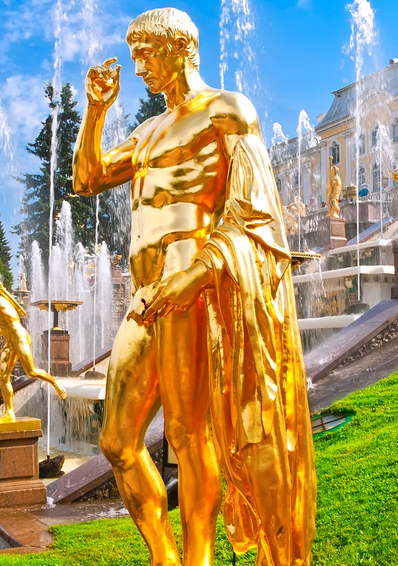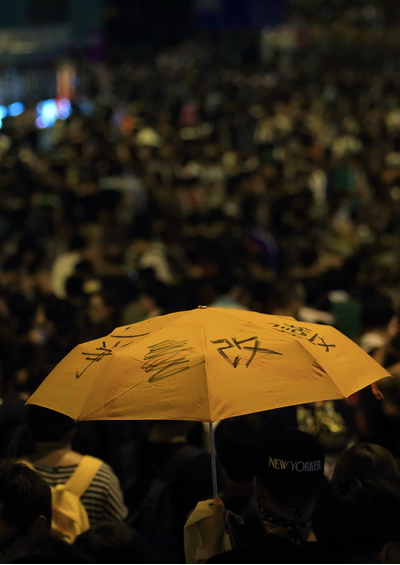Russia: Life After Empire
How much smaller is Russia today than in its days as an empire?
October 7, 2014

1. By the end of the 1800s, the Russian Empire (to become the Soviet Union in 1917) covered 22.4 million square kilometers (8.6 square miles) of the European and Asian continents.
2. The Russian empire — which was second in size only to the British Empire — covered about one-sixth of Earth’s landmass.
3. After the Soviet Union’s dissolution in 1991, Russia was left with about half of the Soviet Union’s land area and three-quarters of its population.
4. While the Soviet Union in the late 1980s had a population of about 287 million, Russia now has 143 million.
5. As the Soviet Union dissolved, the six European Soviet republics — including Ukraine and the three Baltic republics — became independent nations.
6. So did the eight Soviet republics in Asia, including the Kazakh, Turkmen and Uzbek republics.
7. Approximately 25% of Russia’s landmass lies on the European side of the Ural Mountains, the traditional geographic dividing line between Europe and Asia.
8. Like Russia, Turkey straddles the continental boundary of Europe and Asia but has only about 3% of its territory on the European side.
9. Three other countries in the former Soviet Union — Azerbaijan, Georgia and Kazakhstan — each have small regions that lie on the European side of the Europe-Asia boundary.
Source: RussiaPedia by Russian Times and analysis by The Globalist Research Center
Takeaways
The Russian empire - which was second in size only to the British Empire - covered one-sixth of Earth's landmass.
After the fall of the USSR in 1991, Russia was left with about half of the Soviet Union's land area.
Approximately 25% of Russia's landmass lies on the European side of the Ural Mountains.
